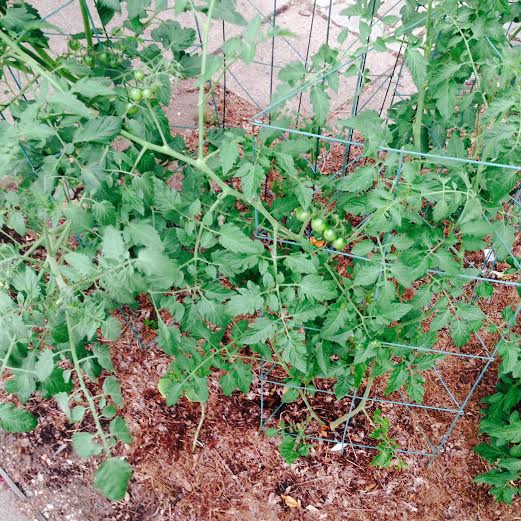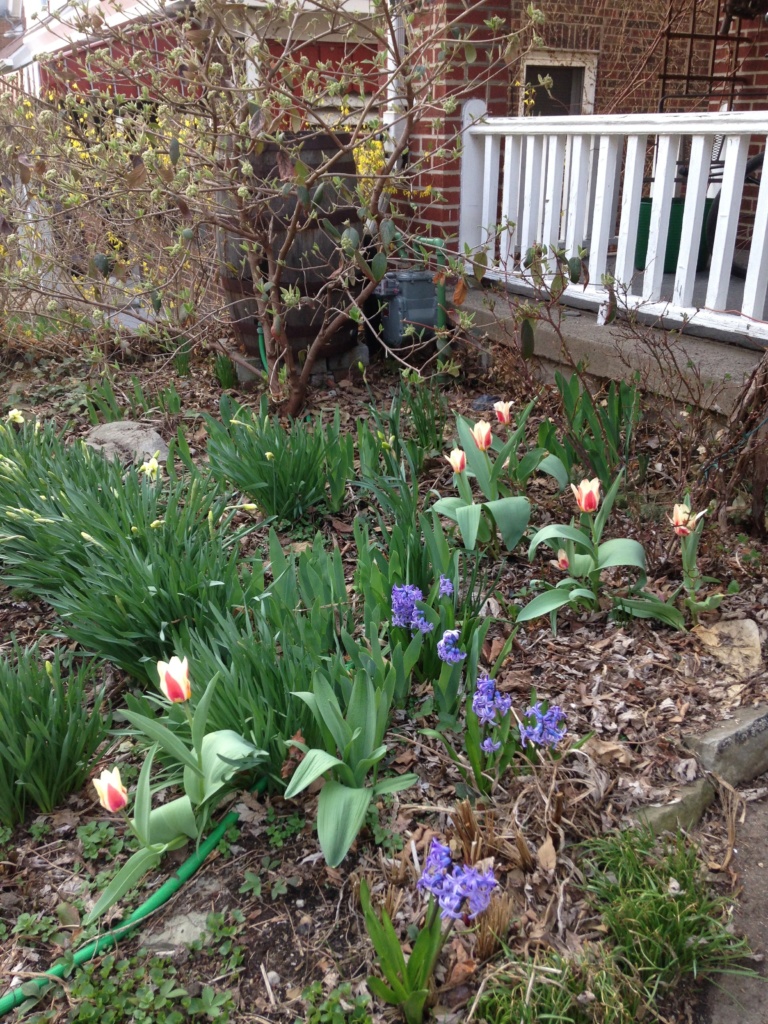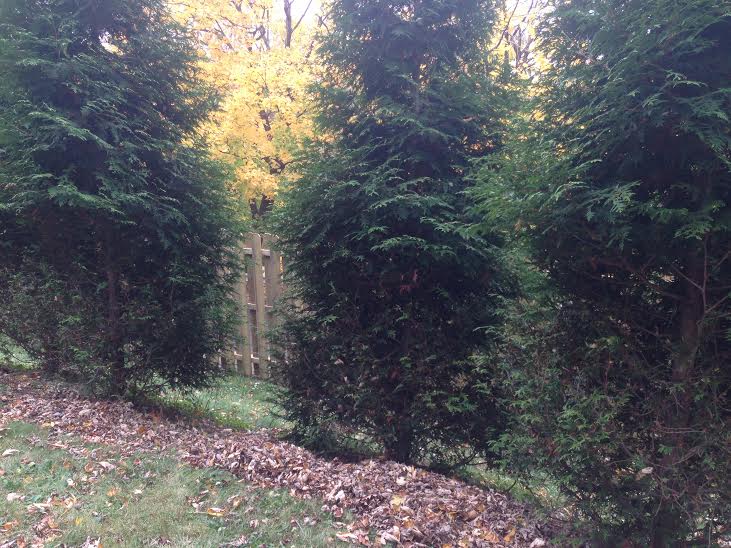Check in weekly, on Wednesdays, to read our new post on gardening, harvesting, and making use of that fine, extra-local produce! We’ll share tips and techniques, gleaned from our urban farms and gardens. Email info@growpittsburgh.org with any topics you’d like us to cover.
The leaves have started falling. While they can be hard on lawns, if left in place over the winter, leaves are a great source of organic matter that you can harness for your garden! So get out your rakes and read this list of ways to incorporate leaves in your gardening:
- Add them to the compost pile. Dried leaves are an excellent brown material. They balance green ingredients like kitchen scraps and grass clippings, keeping the pile from stinking and leaching Nitrogen. If you have too many leaves to add them all, make a leaf pile near the bin to pull from. Cover each addition of green matter with leaves.
2. Mulch your flower beds with leaves after planting spring bulbs. Check in the early spring to make sure the greens aren’t being smothered, but in most cases, spring flowers easily push through the leaf mulch.

These tomato plants are growing in leaf mulch from the previous fall. Rake away the mulch to direct seed, or transplant seedlings directly through it.
3. Mow and bag leaves, then add a layer of this rich organic matter to all of your garden beds. Mowing partially breaks down the materials, causing them to decompose more quickly. The combination of Nitrogen from grass clippings and Carbon from the leaves creates an optimal environment for microorganisms to get to work composting. By spring, most of the material will have disintegrated, adding nutrients and tilth to your soil.
4. Rake leaves and use them as mulch on your garden beds. You can use them in a thick layer to insulate overwintering crops like carrots and beets. Or simply layer them over bare soil, to reduce erosion and add organic matter. The leaves will form a mat over the winter. Rake off any remaining leaf matter in the spring and reuse it as mulch or add it to the compost pile.
5. Mulch trees or shrubs with leaves. Woody plants benefit from the extra organic matter plus temperature regulation and more stable moisture that leaf mulch provides.
6.. Have a new spot where you’d like to garden next spring? Create a lasagna garden! Place cardboard over the area where you’d like to plant next year. Layer grass clippings, leaves, and other compostable materials to create a great garden space, with no tilling required. For more info, check out this article from our archives.


